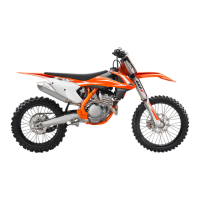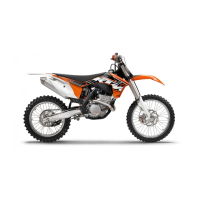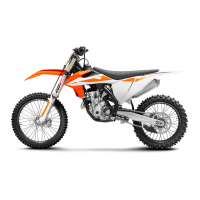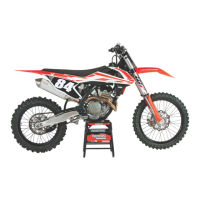CLEANING 74
11.1Cleaning the motorcycle
Note
Material damage Damage and destruction of components by high-pressure cleaning equipment.
– Never clean the vehicle with high-pressure cleaning equipment or a strong water-jet. The excessive pressure can penetrate electri-
cal components, socket connects, throttle cables, and bearings, etc., and can damage or destroy these parts.
Warning
Environmental hazard Hazardous substances cause environmental damage.
– Oil, grease, filters, fuel, cleaners, brake fluid, etc., should be disposed of as stipulated in applicable regulations.
Info
If you clean the motorcycle regularly, its value and appearance are maintained over a long period.
Avoid direct sunlight on the motorcycle during cleaning.
– Close off the exhaust system to prevent water from entering.
– Remove coarse dirt particles by spraying gently with water.
– Spray very dirty areas with a normal motorcycle cleaner and then clean with a soft brush.
Motorcycle cleaner ( p. 96)
Info
Use warm water containing normal motorcycle cleaner and a soft sponge.
– After rinsing the motorcycle with a gentle water spray, allow it to dry thoroughly.
–
Empty the carburetor float chamber. x ( p. 68)
Warning
Danger of accidents Reduced braking due to wet or dirty brakes.
– Clean or dry dirty or wet brakes by riding and braking gently.
– After cleaning, take a short ride until the engine reaches operating temperature.
Info
The heat produced causes water at inaccessible positions in the engine and the brakes to evaporate.
– Push back the protective covers from the handlebar armatures to allow the water to evaporate.
– After the motorcycle has cooled off, oil or grease all moving parts and bearings.
– Clean the chain. ( p. 39)
– Treat bare metal parts (except for brake discs and exhaust system) with anti-corrosion materials.
Cleaning and polishing materials for metal, rubber and plastic ( p. 96)
– Treat all plastic parts and powder-coated parts with a mild cleaning and care product.
Cleaning and polishing materials for metal, rubber and plastic ( p. 96)
– To prevent electrical problems, treat electric contacts and switches with contact spray.
Contact spray ( p. 96)
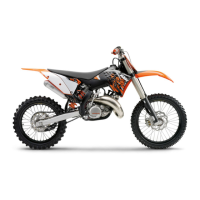
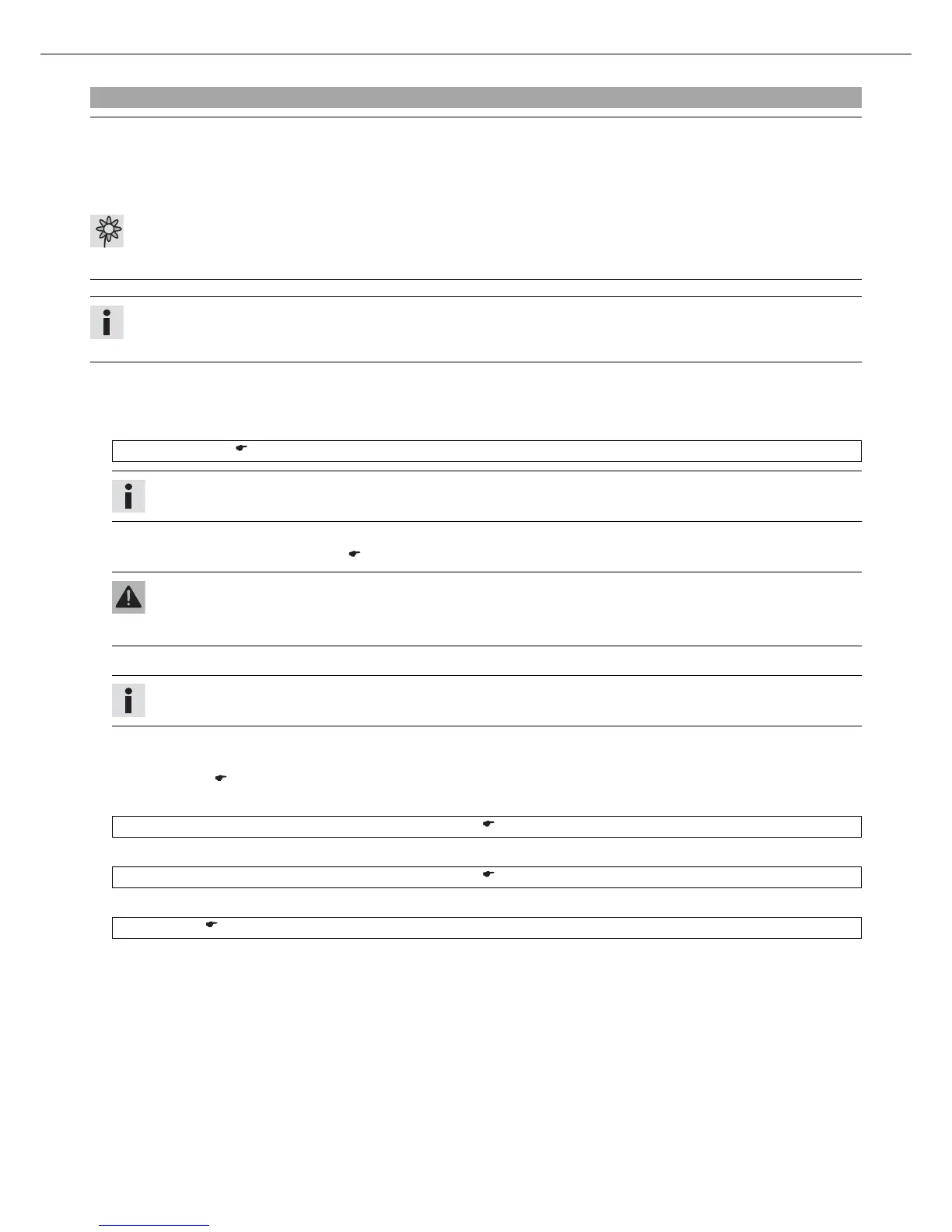